A rooftop solar project involves the installation of photovoltaic (PV) panels on the roof of a building to harness solar energy and convert it into electricity. It provides a sustainable, cost-effective energy solution for residential, commercial, and industrial use, reducing dependence on non-renewable energy sources.
Components Involved:
- Solar Panels: PV modules made from silicon cells that capture sunlight and convert it into direct current (DC) electricity.
- Inverters: Devices that convert DC electricity from the panels into alternating current (AC), which can be used by the electrical grid or the building.
- Mounting Structures: Frames and racks to securely hold the solar panels on the roof, ensuring optimal orientation and tilt for maximum sun exposure.
- Wiring and Electrical Components: Cables, connectors, and switches to safely transfer electricity from the panels to the inverter and the grid.
- Monitoring System: A system that tracks the performance and efficiency of the solar panels, providing real-time data on energy production.
Installation Process:
- Site Assessment: The roof is evaluated for its suitability, including structural integrity, sunlight exposure, and shading.
- Design and Layout: A system design is created, specifying the placement of solar panels and electrical components to maximize energy production.
- Mounting Installation: Mounting structures are installed to hold the panels securely at the right angle for optimal sun exposure.
- Panel Installation: The solar panels are placed on the mounting structures and connected to each other via wiring.
- Inverter and Wiring: The panels are connected to the inverter, and electrical wiring is installed to integrate the system with the building’s electrical grid.
- Testing and Commissioning: The system is tested to ensure it is operating efficiently and safely, followed by commissioning for energy generation
Applications
- Residential Homes: Solar panels installed on homes provide electricity for daily needs, reducing or eliminating electricity bills.
- Commercial Buildings: Offices, hotels, and shopping malls use rooftop solar to power lighting, air conditioning, and equipment, significantly reducing operational costs.
- Industrial Facilities: Factories and warehouses benefit from solar energy for powering heavy machinery, lighting, and cooling systems.
- Schools and Hospitals: These institutions use solar power to ensure uninterrupted energy supply while cutting down on electricity expenses.



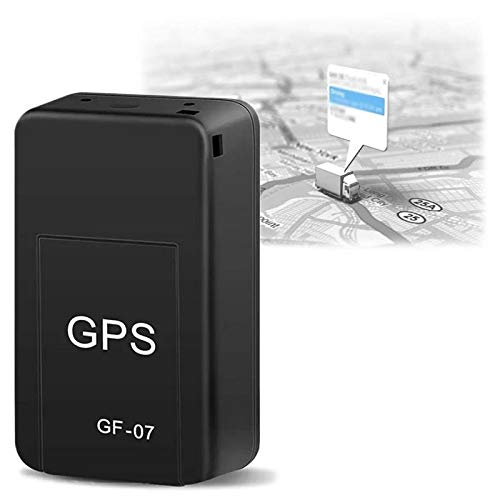
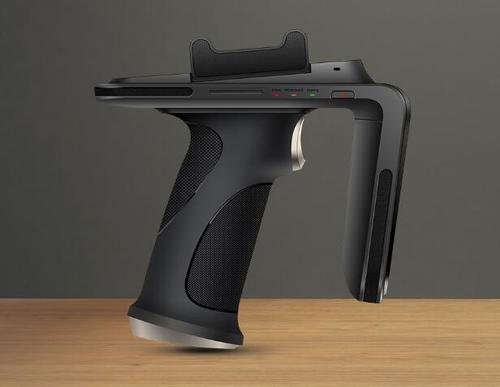
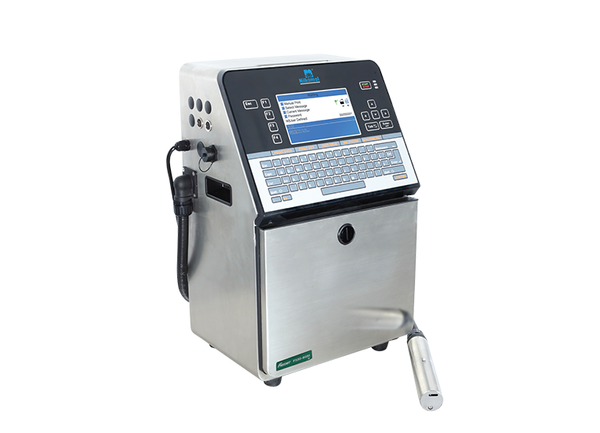

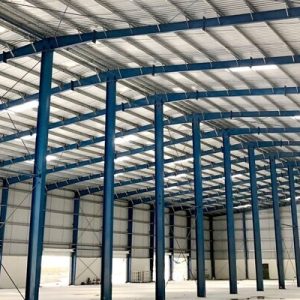





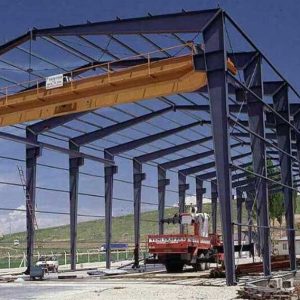


Reviews
There are no reviews yet.